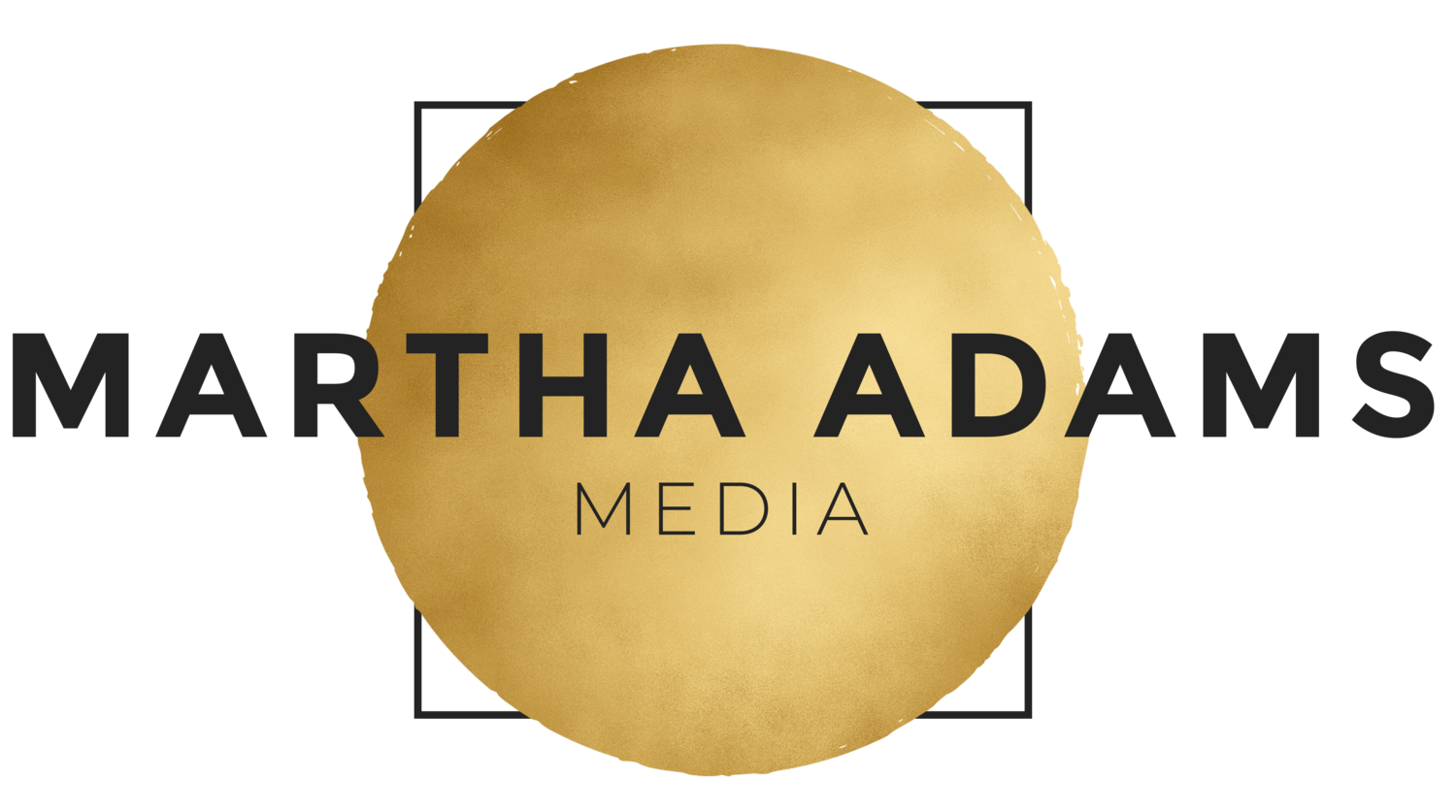The practice of active gratitude.
active gratitude in 3 simple steps
Gratitude is a conversation that we’re used to hearing about, but not necessarily in finances. That’s why gratitude is one of the key pieces that the financial conversation is missing.
When it comes to talking about money and finances in our lives, we’ve been conditioned to focus on everything we’re lacking like what we don’t know, haven’t done yet, or what we don’t have. That has us focused on scarcity - essentially, the absolute opposite of gratitude.
Gratitude helps you come from a place of abundance to see everything that you have in order to see and create even more good in your life.
But why do I want to talk with you about gratitude today? Isn’t it common knowledge? It might be, but often gratitude is something we talk about in a passive sense as we write or list out items.
The difference in our conversation today is that I don’t just want to talk with you about the concept of gratitude, I want to show you how to actively live in gratitude using three simple questions. This idea amplifies the positive impact gratitude has in your life and will set the foundation of how we bring it into finances.
Question 1: What am I grateful for?
By answering this question, we bring an essential element to gratitude – an awareness of what we’re grateful for. This is perhaps the element of gratitude that we’re most used to, where we list out a number of items we’re grateful for and write them down or list them verbally.
For example, you write down that you’re grateful for a friend of yours. Oftentimes, that’s where the process stops, but these next two questions are what make the difference between passive and active gratitude. We’ll continue to see the difference as we carry the example of your friend through next questions.
Question 2: Why am I grateful for it?
After you acknowledge what it is you’re grateful for, now it’s time to form a deeper connection with the way you feel by asking yourself why you feel that way. If we continue with the example of being grateful for your friend, in asking yourself why you’re grateful, you connect to how they have inspired, supported, and uplifted you. It brings specific examples to mind and gives you the opportunity to relive that positive impact.
Question 3: What am I going to do about it?
Asking yourself this question is where you amplify gratitude and take it to the next level because here, you breathe life into that gratitude in your actions. Now, as you think in gratitude about your friend and ask yourself what you’re going to do about it, perhaps you end up feeling inspired to write them a message or send a card to tell them how grateful you are and why.
What did this process do? It took the words off of the page, into your heart and into the lives of others.
The practice of active gratitude continues to impact my life in a meaningful way and with my whole heart, I hope it is of contribution to yours.
